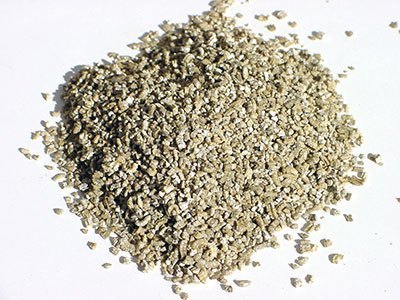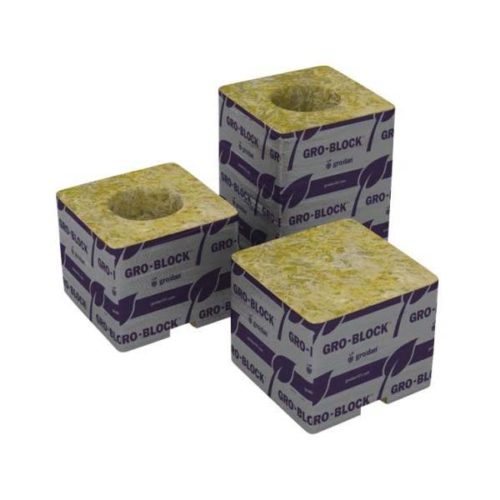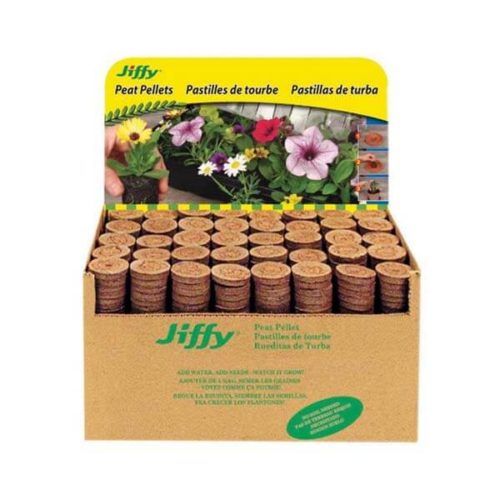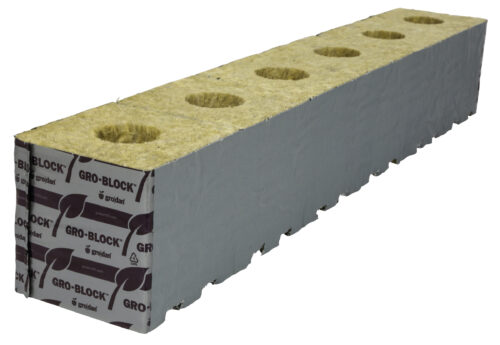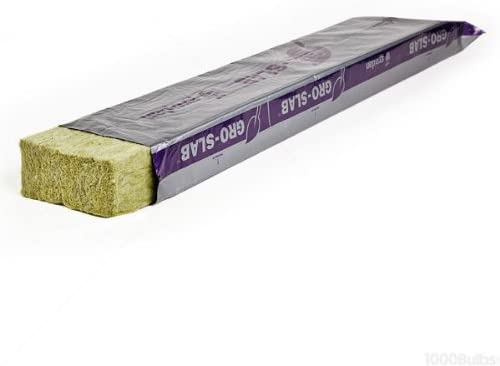Vermiculite Uses
Vermiculite added to the garden or vermiculite in potting soil increases water and nutrient retention and aerates the soil, resulting in healthier, more robust plants. Perlite may also be found in potting soils, but vermiculite is far superior for water retention. Vermiculite, although less aerating than perlite, is the amendment of choice for water-loving plants.
Here are other uses for vermiculite:
- Add vermiculite to soil for conditioning and lightening either alone or in conjunction with peat or compost. This will accelerate the growth and promote anchorage for tender young root systems.
- Using vermiculite as growing medium will also enable the plant to more easily absorb the ammonium, potassium, calcium and magnesium necessary for vigorous growth. Medium grade vermiculite can be used directly for root cuttings. Just water thoroughly and insert the cutting up to the node.
- Use vermiculite alone or mixed with soil or peat for seed germination. This will allow seeds to germinate more rapidly. If vermiculite is used without soil, feed the seedlings a weak fertilizer solution of 1 tablespoon (15 mL.) of soluble fertilizer per 1 gallon (4 L.) of water), once the first leaves appear. Damping off is thwarted since vermiculite is sterile and the seedlings are easily removed without damage to the roots.
- Vermiculite mixed half and half with soil, peat or compost eliminates packed down soil in flower pots and houseplant containers while allowing excellent aeration, reducing watering frequency and allowing root spread. To transplant using vermiculite, dig a hole 6 inches (15 cm.) larger than the plants roots. Fill in with a mix of vermiculite and the removed topsoil. Again, this allows for root spread, provides moisture control and protects the roots from drying out due to sun or wind.
- Three inches of vermiculite can also be used as mulch around shrubs and other garden plants like roses, dahlias, tomatoes. Place bulbs or root crops in a container and pour the vermiculite around them. The sponge-like quality of the vermiculite will absorb any excess moisture and prevent rot or mildew while protecting them from temperature fluxes.
- Even newly seeded lawns can benefit from an application of vermiculite. Mix 3 cubic feet (91 cm.) of vermiculite per 100 square feet (30 m².), seed, then cover the entire area with ¼ inch (6 cm.) of vermiculite. Water in with a fine spray. The vermiculite will hasten germination and increase the number of seeds that germinate while maintaining moisture and protecting from drying and heat.
- Lastly, vermiculite can be used when arranging flowers. Fill the container with vermiculite, thoroughly saturate with water, pour off the excess and arrange the flowers. This eliminates the need to change the water, eliminates spills and keeps blooms fresh for day. Just be sure to use horticultural vermiculite and not that sold for house insulation — it is treated to repel water!

